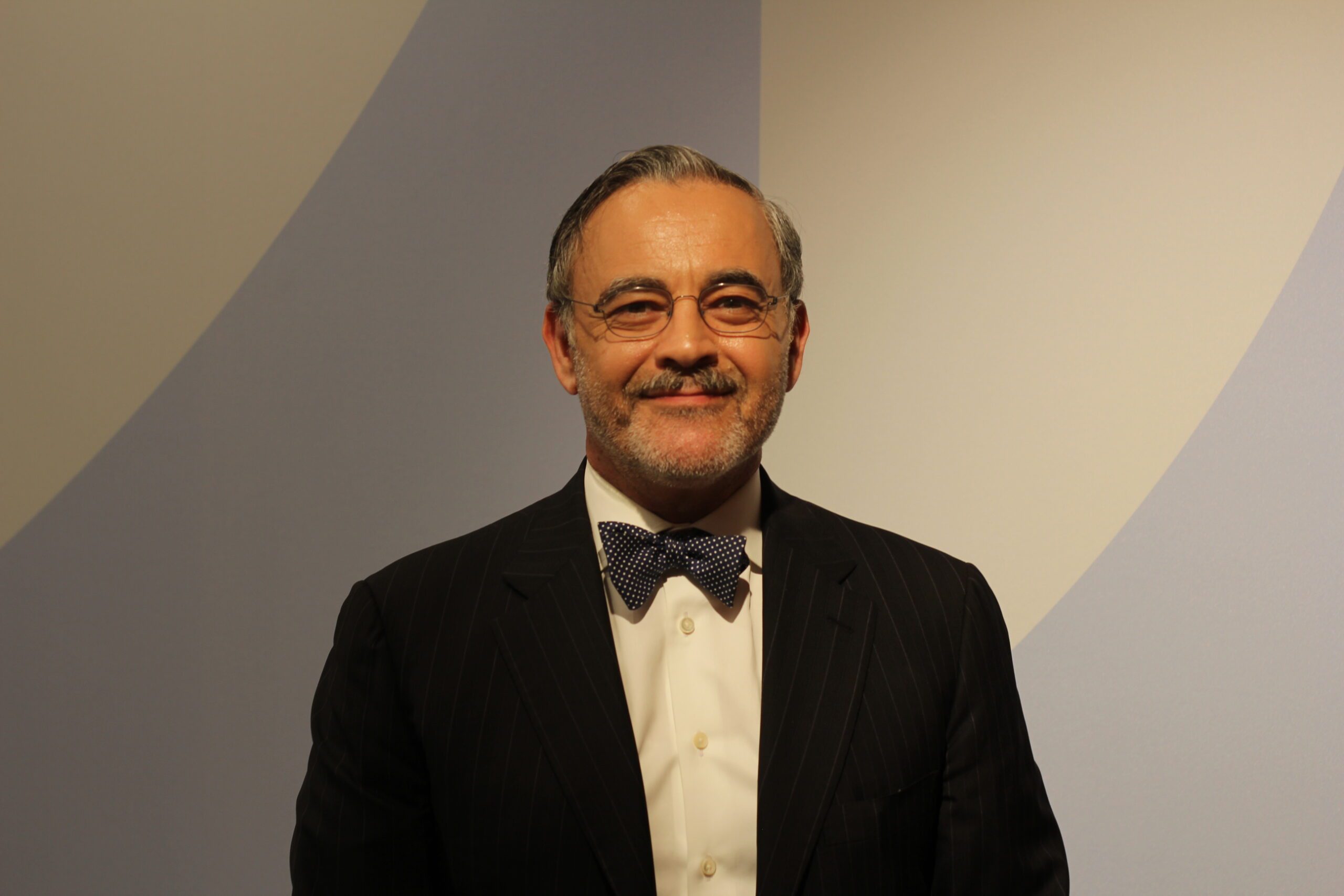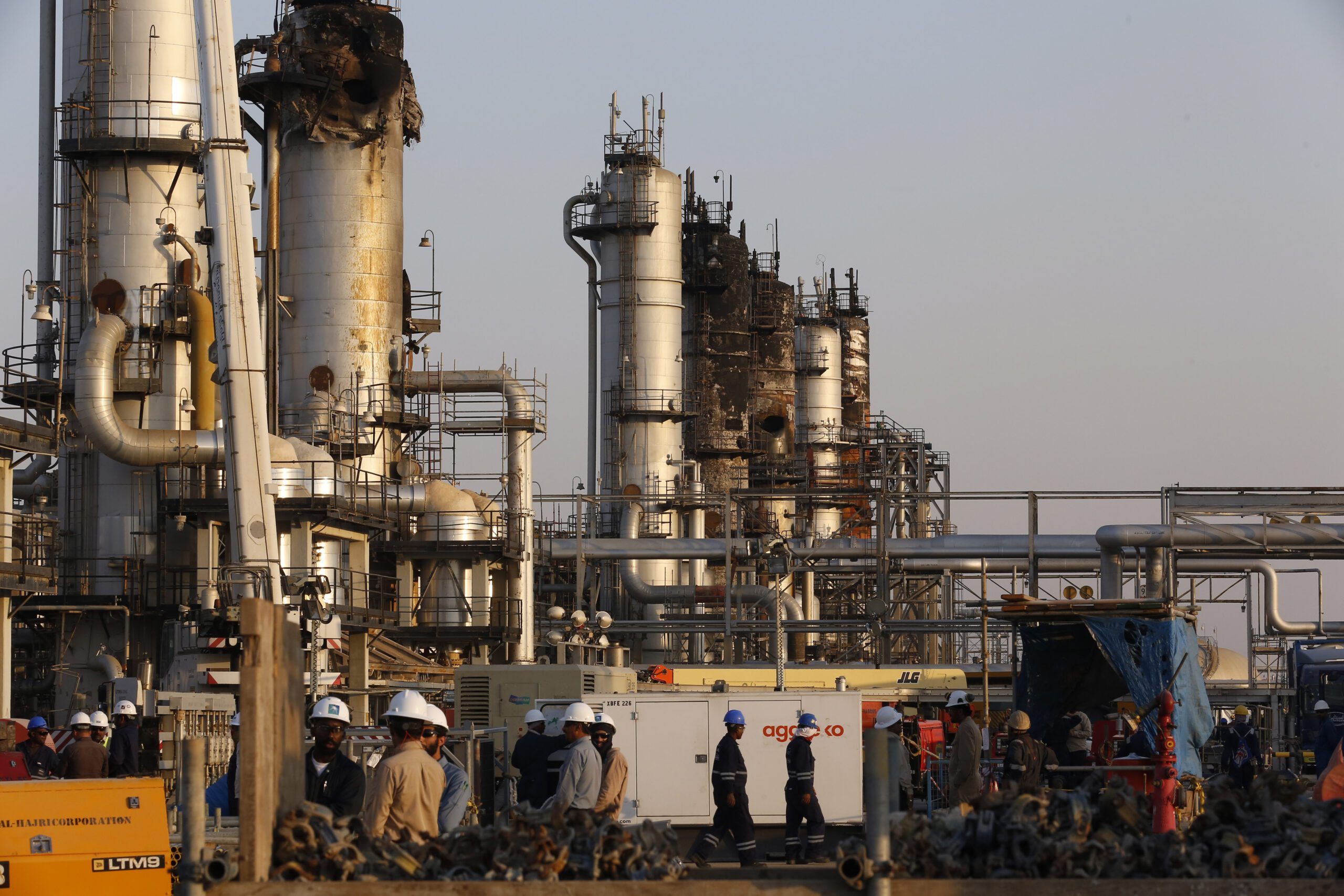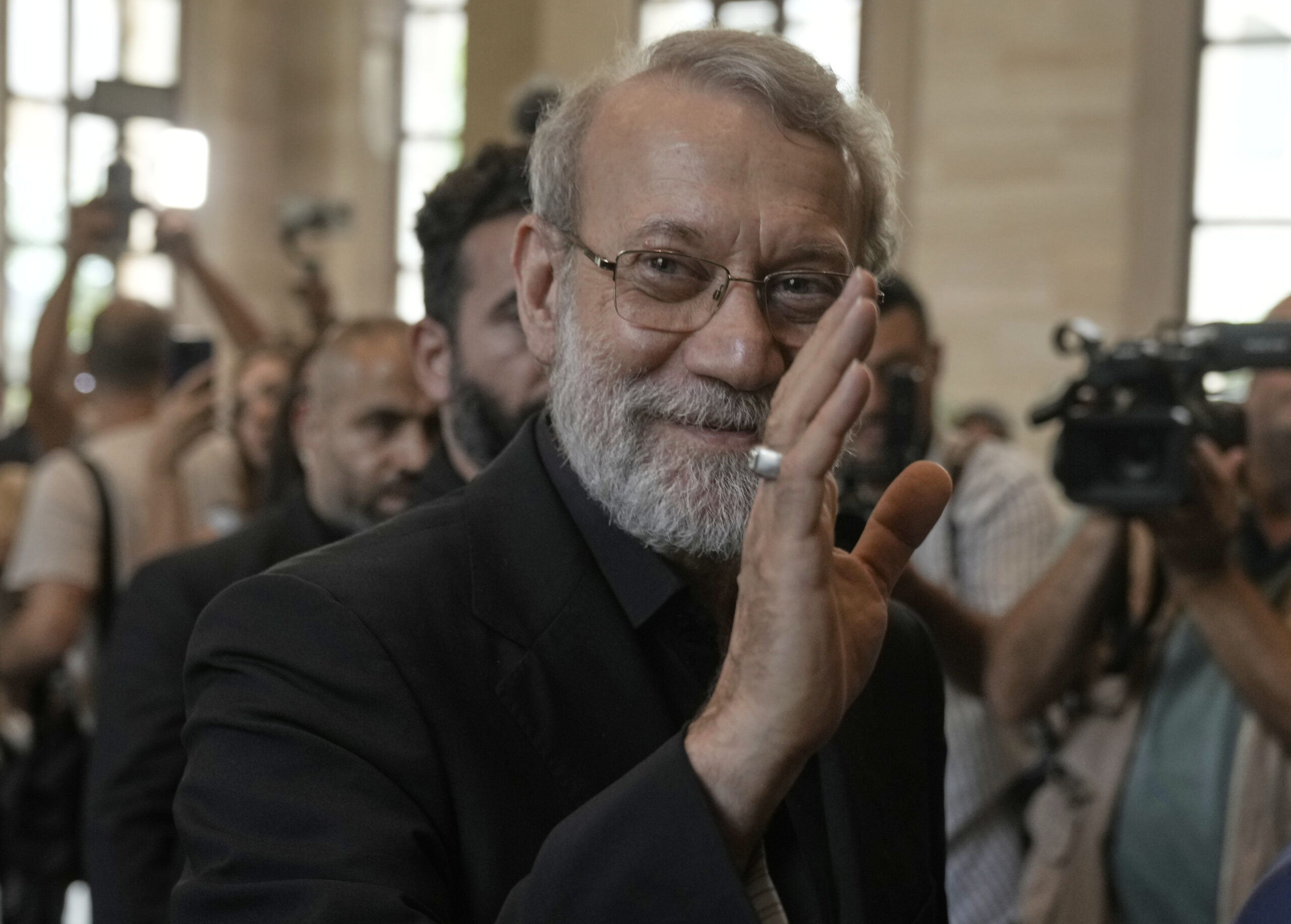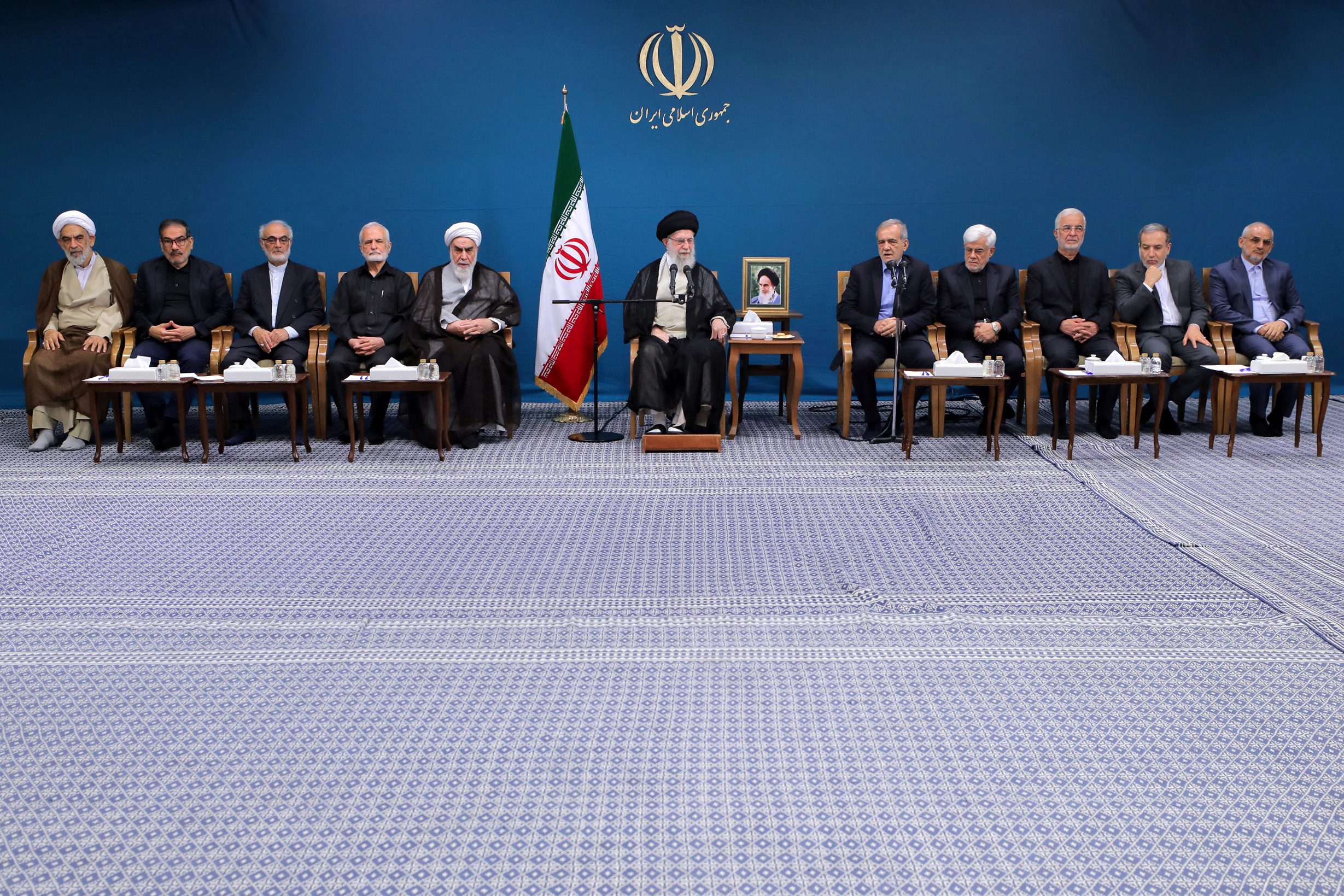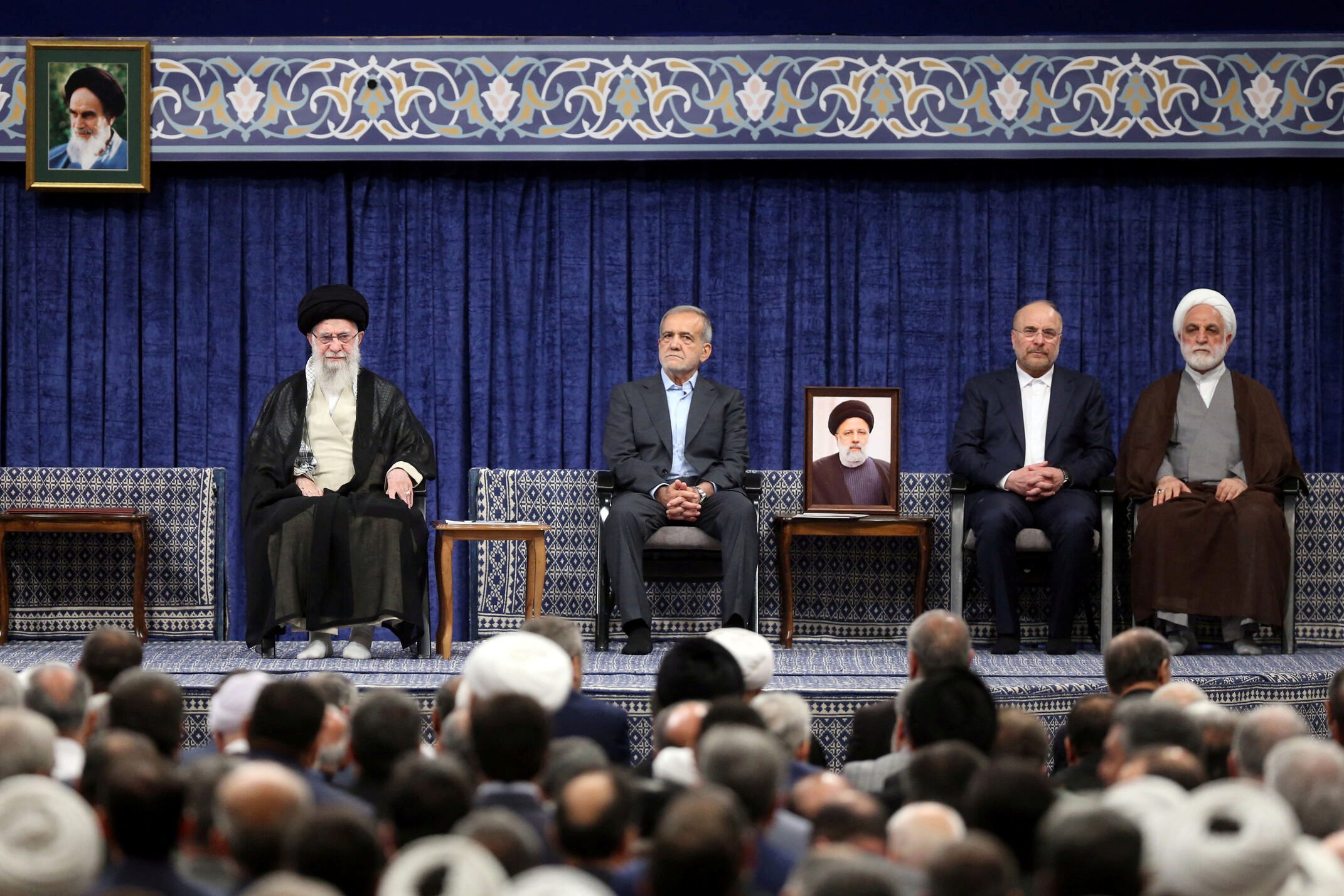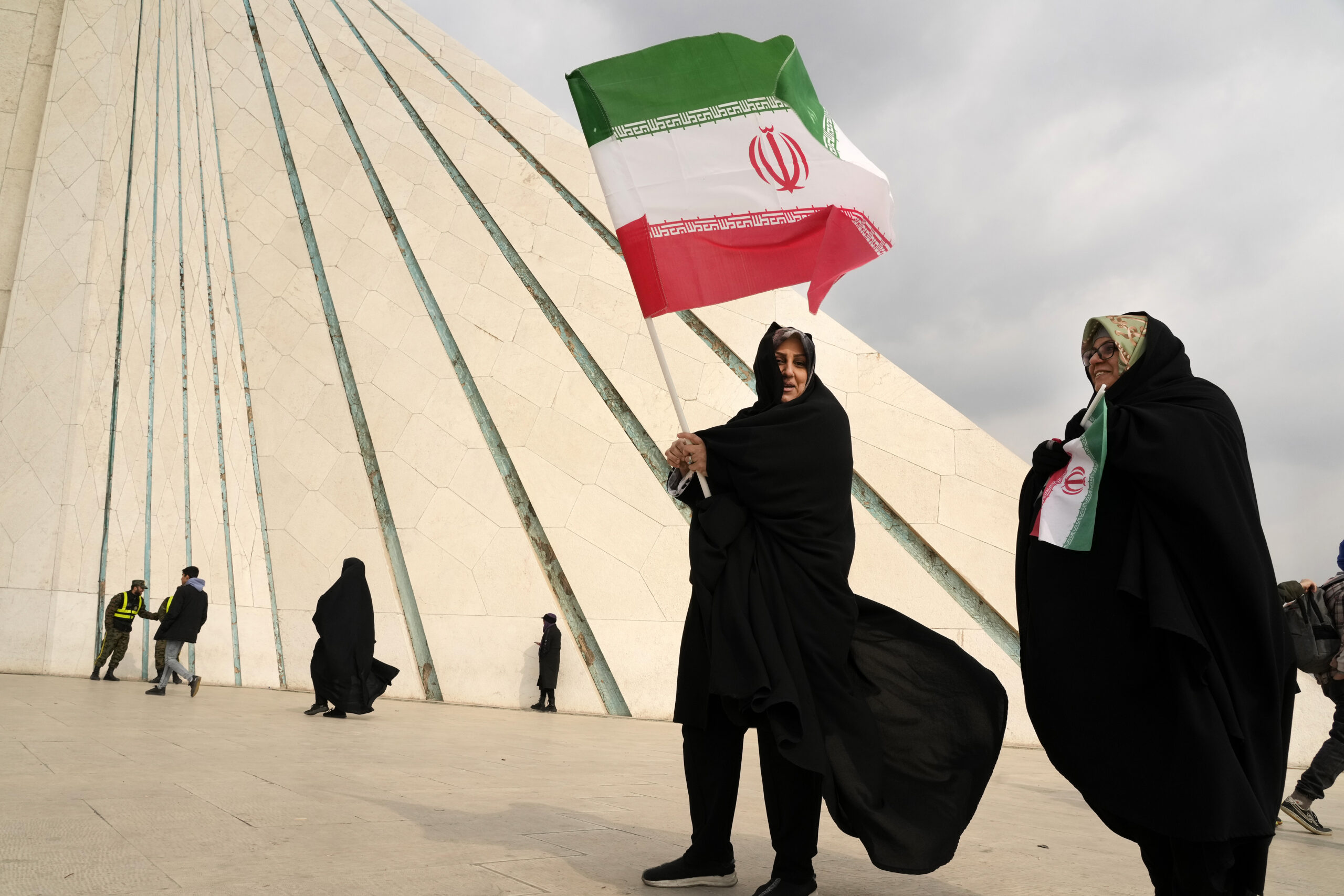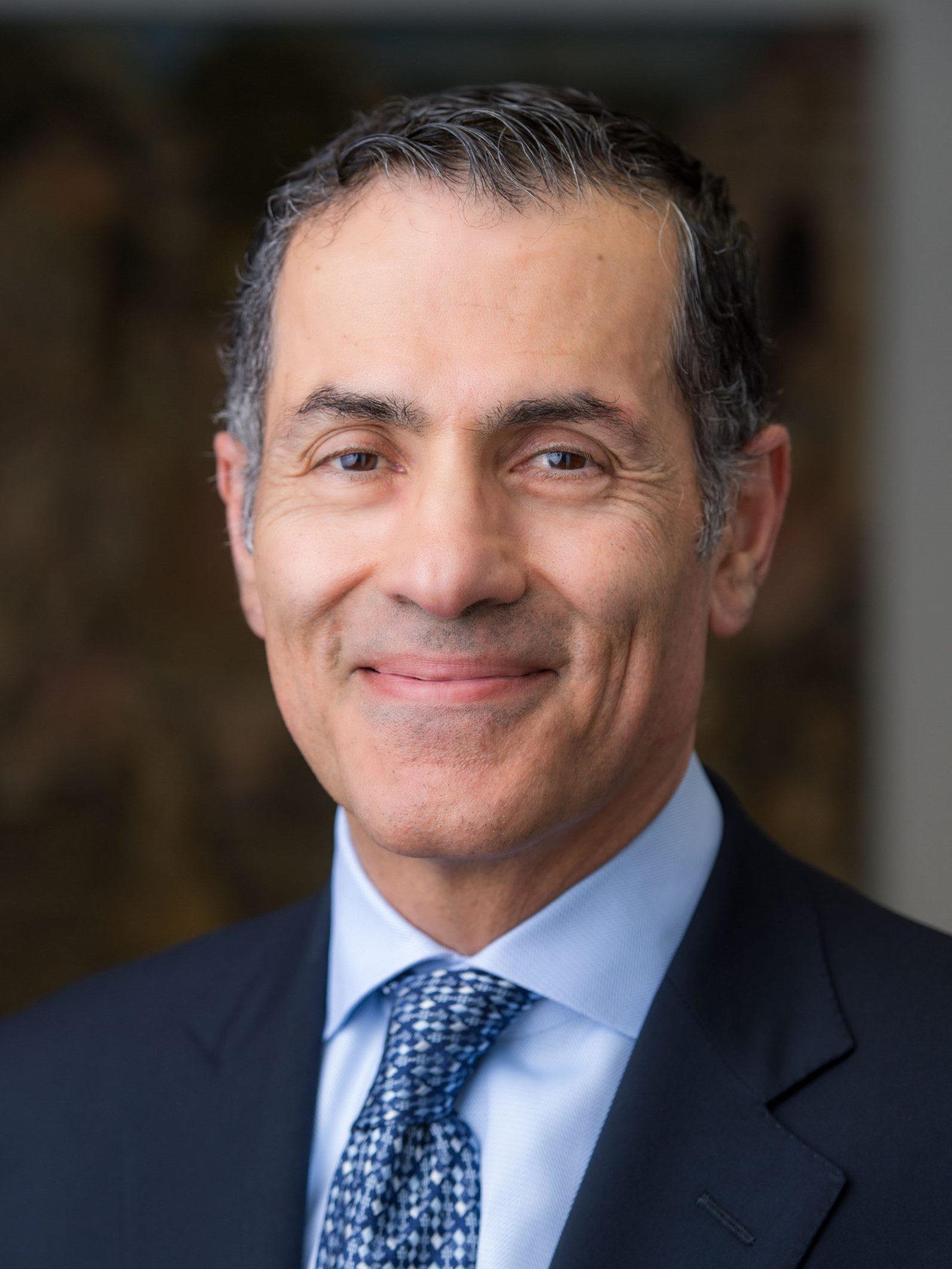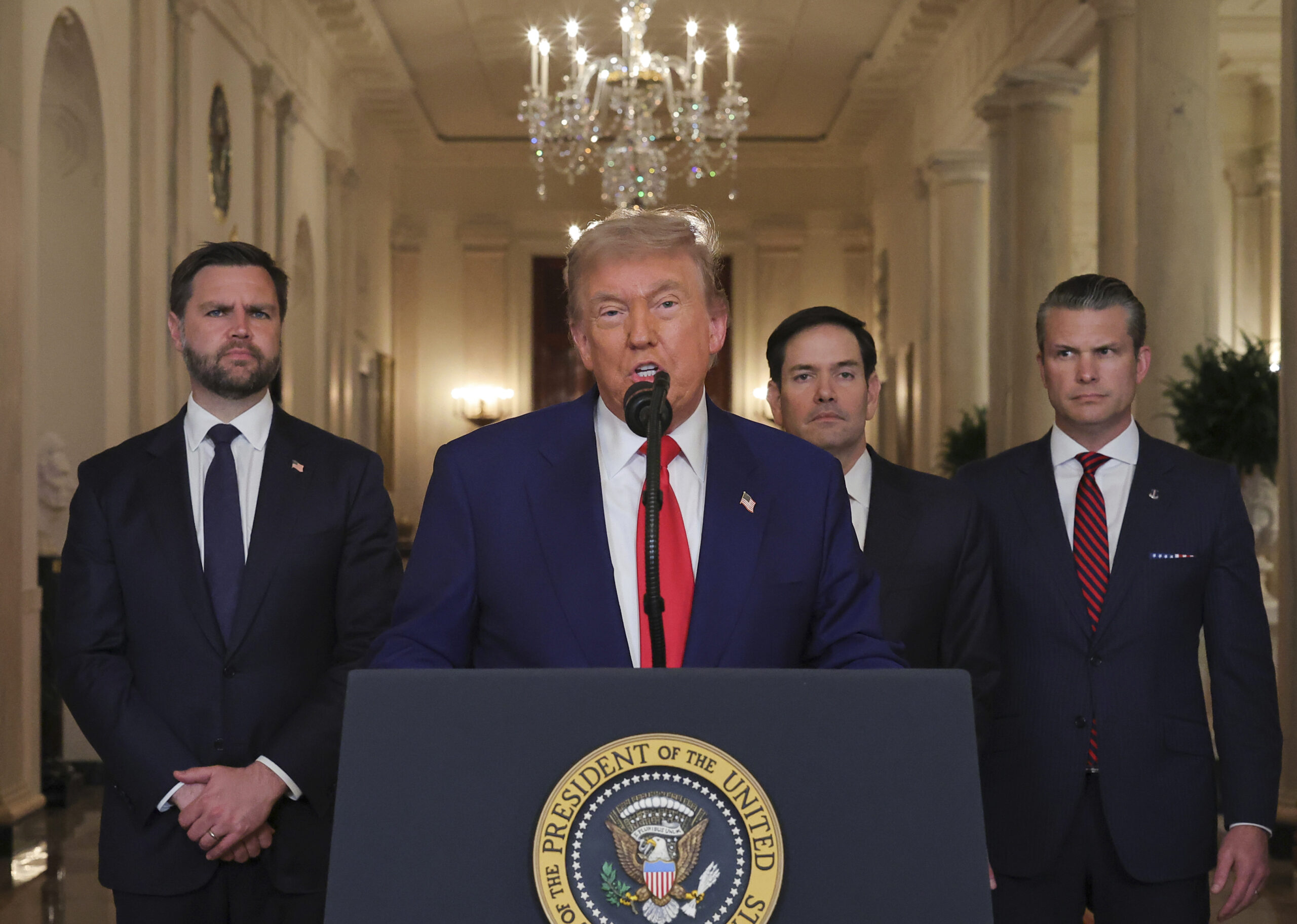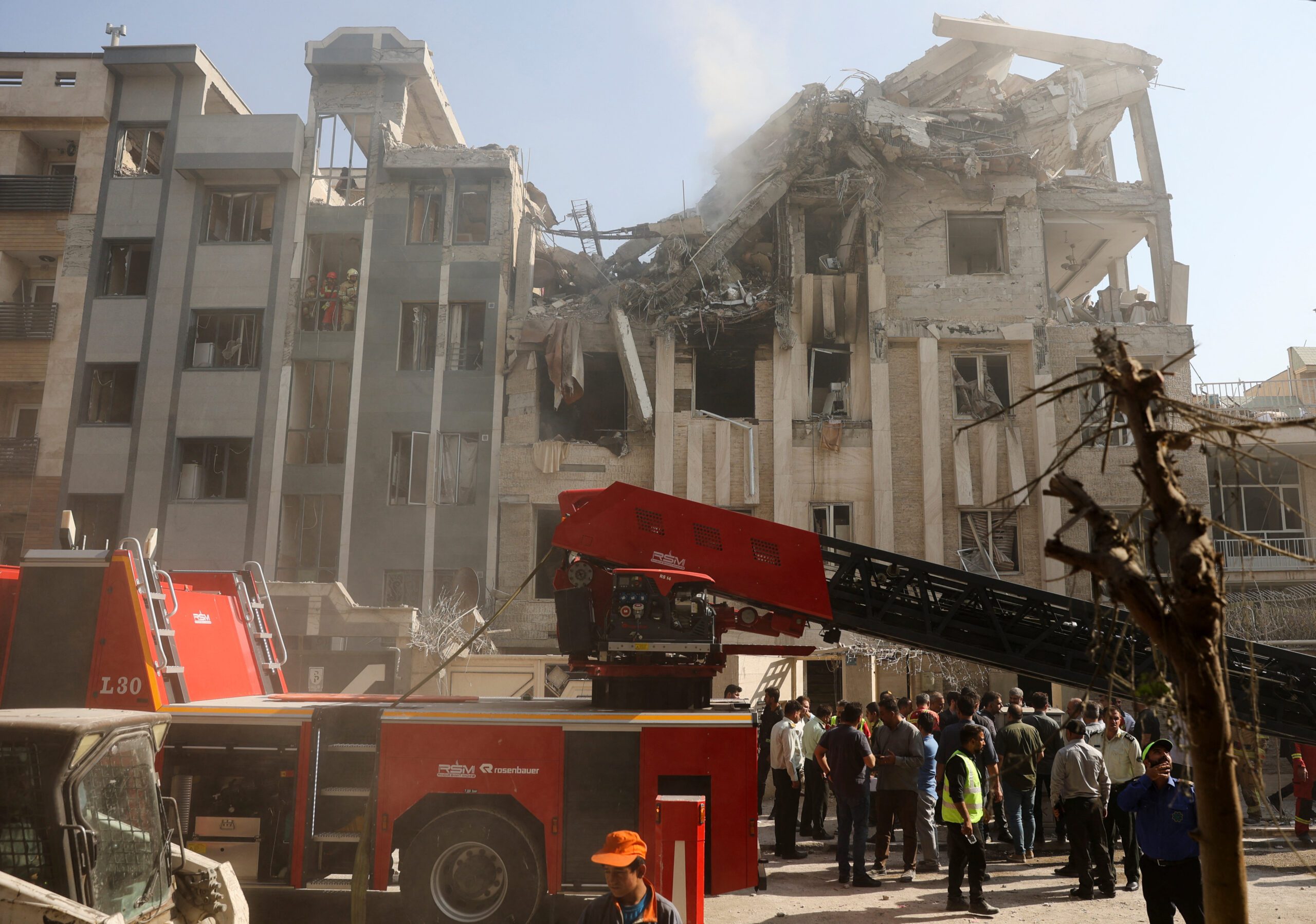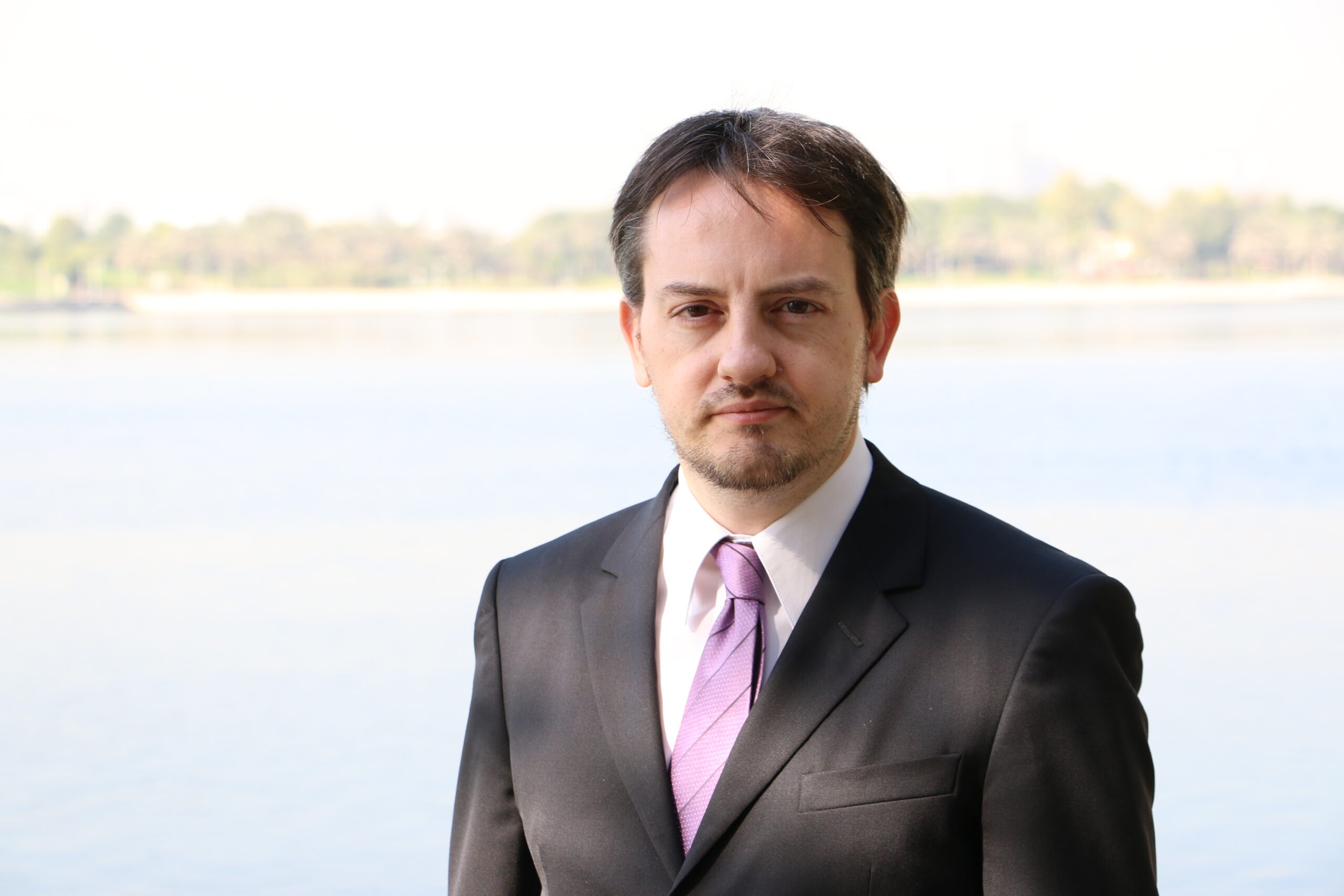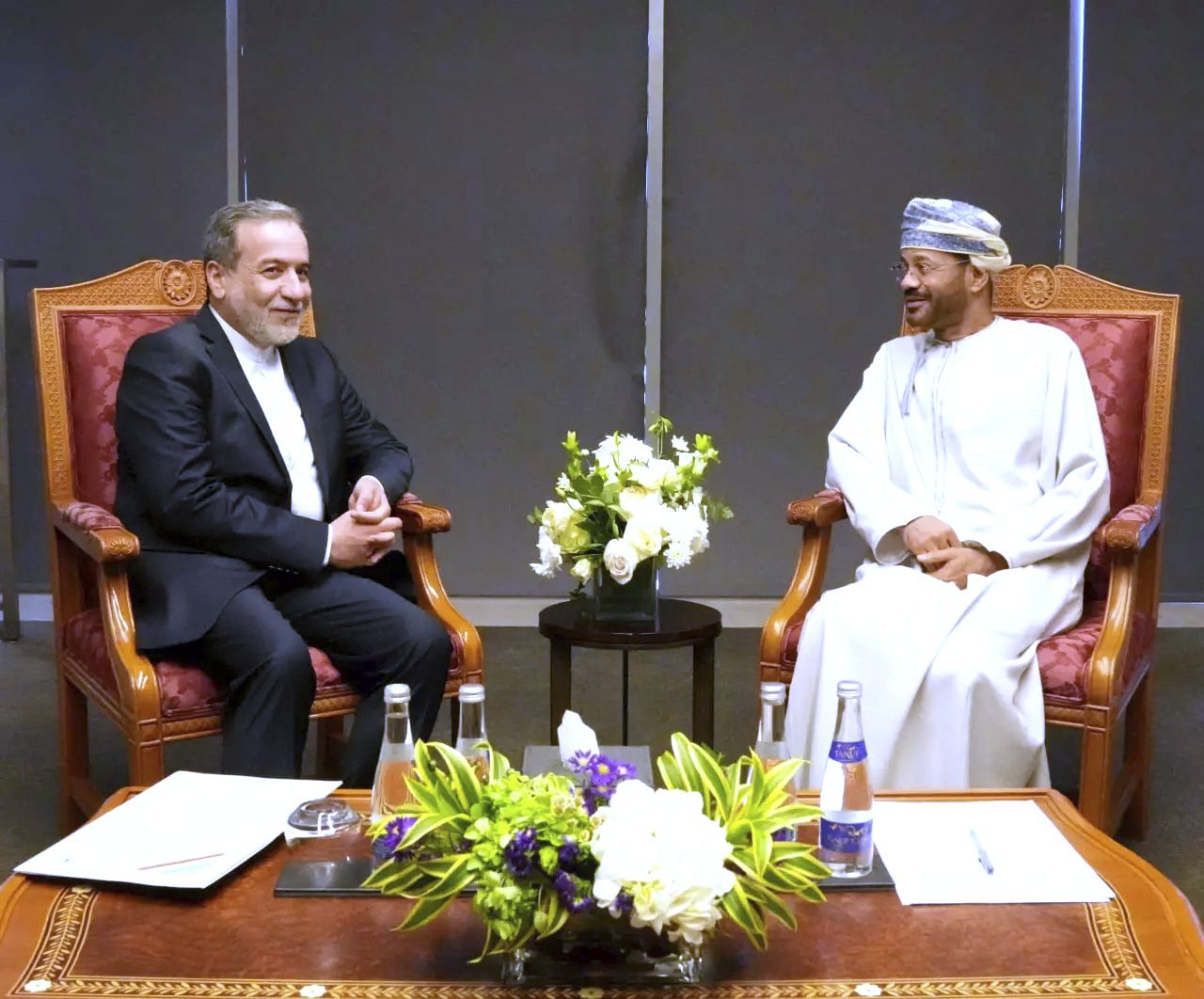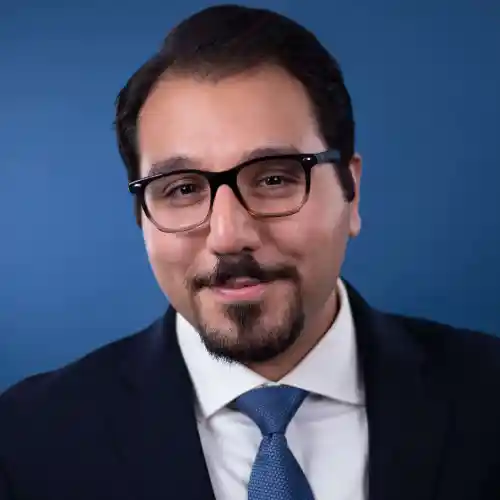Oct 25, 2024
President Pezeshkian’s Governor Generals
The October 25 edition of the Iran Media Review surveys President Masoud Pezeshkian’s sub-Cabinet appointments, following a trend of inclusivity of rival political factions as well as ethnic and religious minorities.
On August 11, Iranian President Masoud Pezeshkian presented his Cabinet picks to the Parliament, and, unprecedently in the history of the Islamic Republic, received a vote of confidence for every single one of them. Pezeshkian’s success was largely due to his preference for a national unity Cabinet representing all political factions, which was jokingly described by his own backers as “the possible, rather than the desired Cabinet.” Pezeshkian’s appointments to sub-Cabinet levels, which do not require a parliamentary vote of confidence, appear to show a similar tendency. Out of Iran’s 31 provinces, Pezeshkian has hitherto appointed 13 governor generals. According to reformist Ham-Mihan’s analysis, the new governor generals include individuals from rival political factions as well as ethnic and religious minorities. Of particular interest are the new governor general of Kurdistan province, who is Sunni and an ethnic Kurd, and the governor general of Khuzestan province, who is an ethnic Arab, a first in the history of the Islamic Republic. Just as remarkable, Pezeshkian has avoided appointing active-duty Islamic Revolutionary Guard Corps commanders, who dominated the political leadership of the provinces under President Mahmoud Ahmadinejad, were thrown out of office under President Hassan Rouhani, and reemerged under President Ebrahim Raisi. Pezeshkian’s inclusive approach aims to strengthen the regime in the face of external threats and likely domestic turmoil.
- October 23: In a survey of the 13 governor generals appointed by Pezeshkian, Ham-Mihan analyst Masoumeh Mohammadi concluded:
- “Until now, governor generals of Kurdistan, Lorestan, Khuzestan, Azerbaijan East, Khorasan Razavi, Gilan, and Qom are reformists. Governor generals of Yazd, Tehran, Isfahan, and Hamadan belong to the principalist faction” – the political faction close to Parliamentary Speaker Mohammad-Bagher Qalibaf and former nuclear negotiator Saeed Jalili. “The governor general of Kohgiluyeh and Boyer-Ahmad is a centrist, and the governor general of Fars is a centrist leaning toward the principalists.”
The views represented herein are the author's or speaker's own and do not necessarily reflect the views of AGSI, its staff, or its board of directors.
